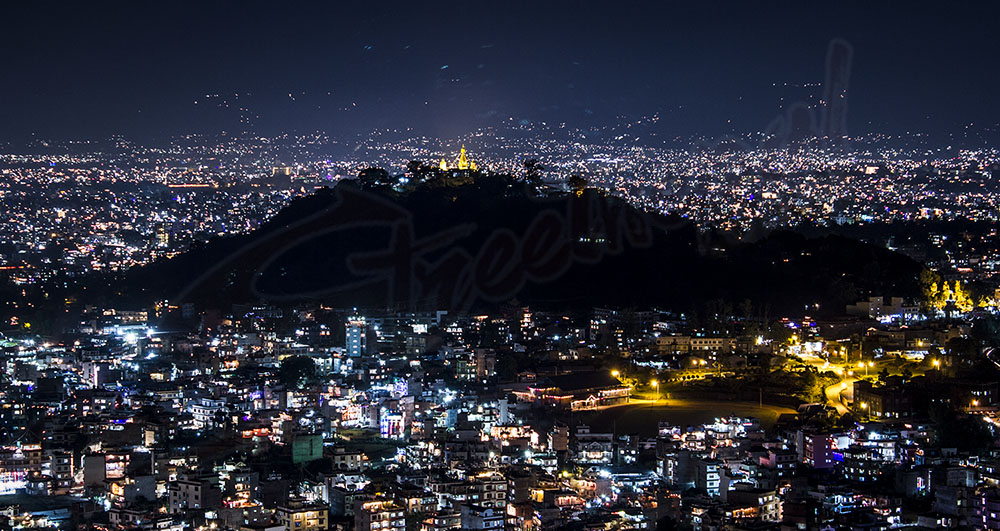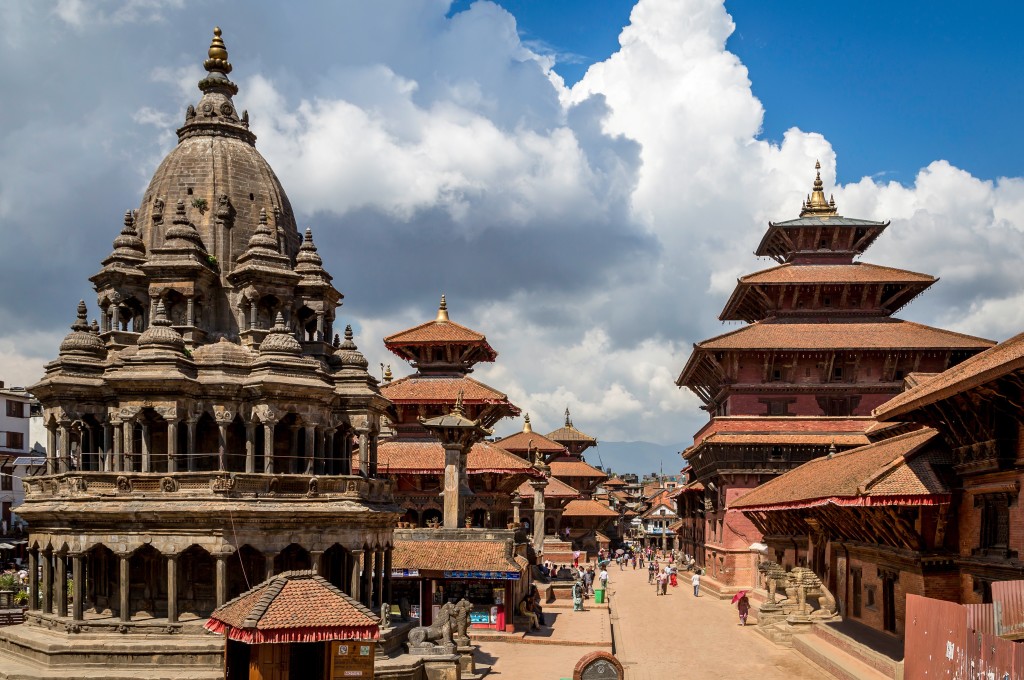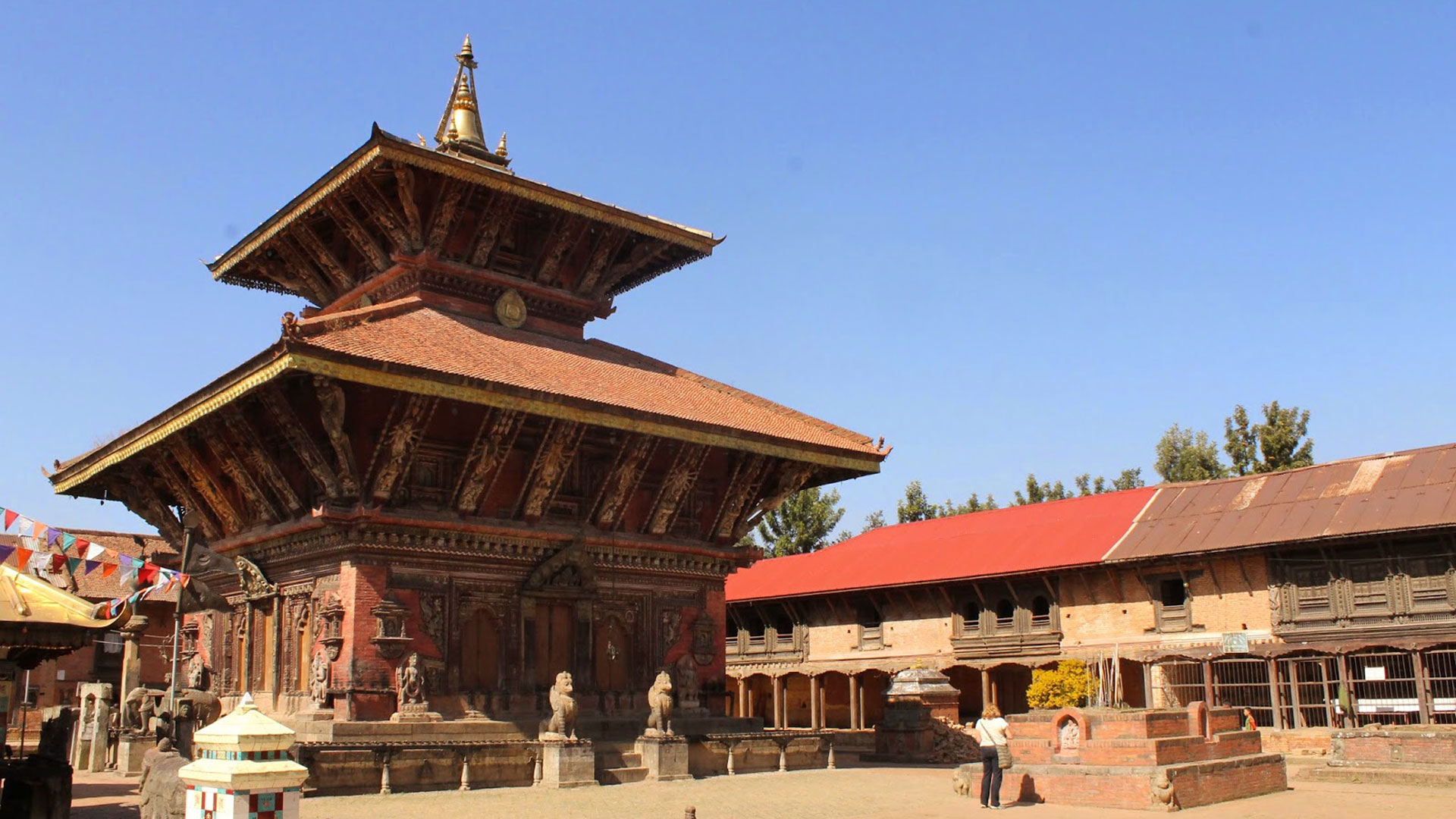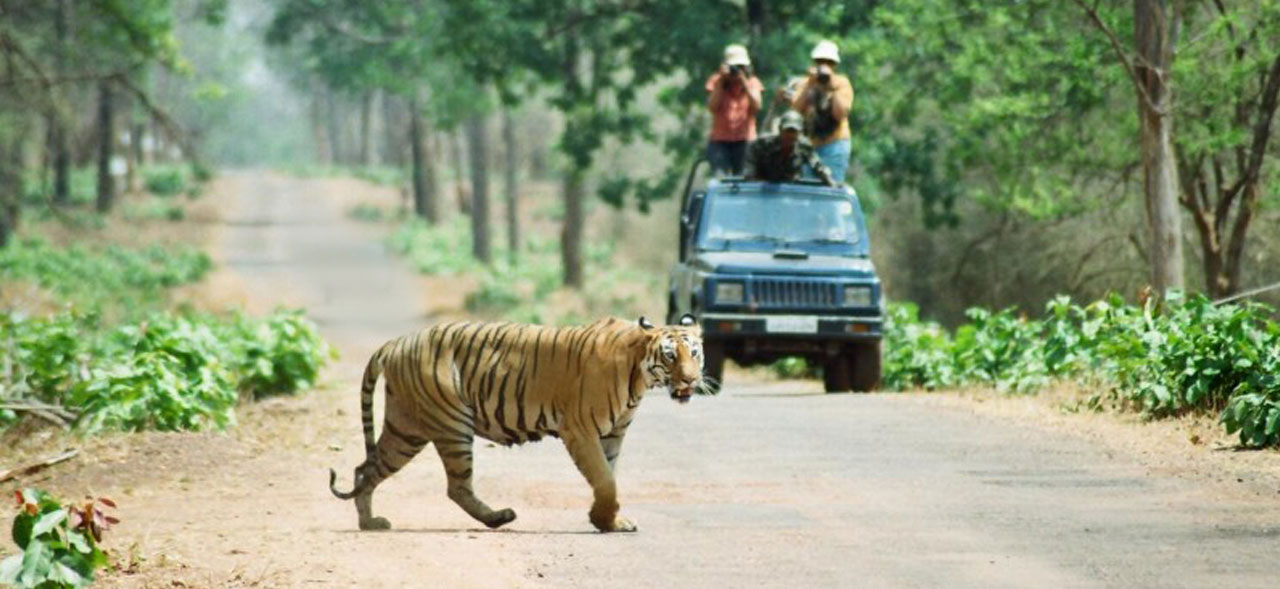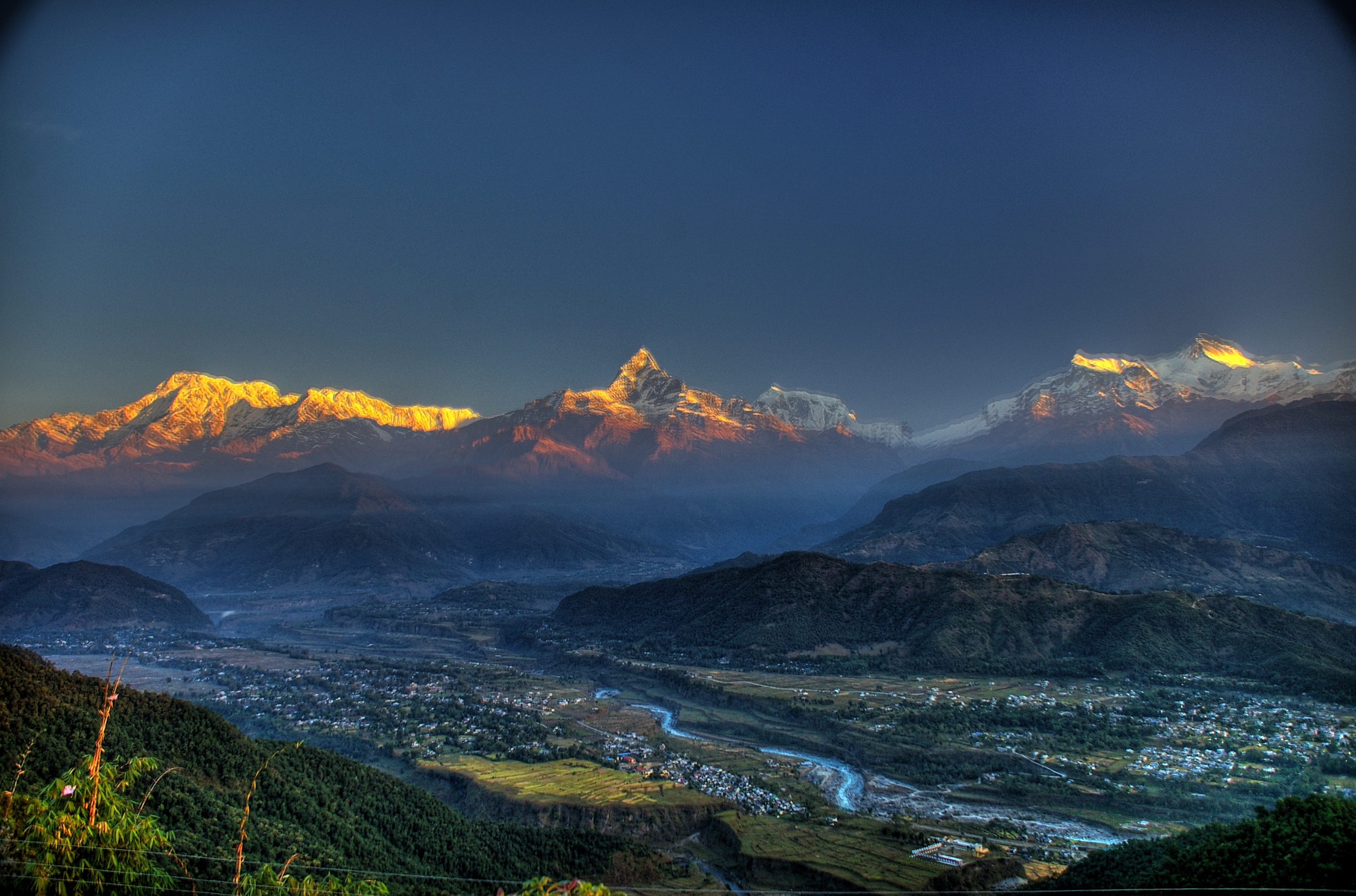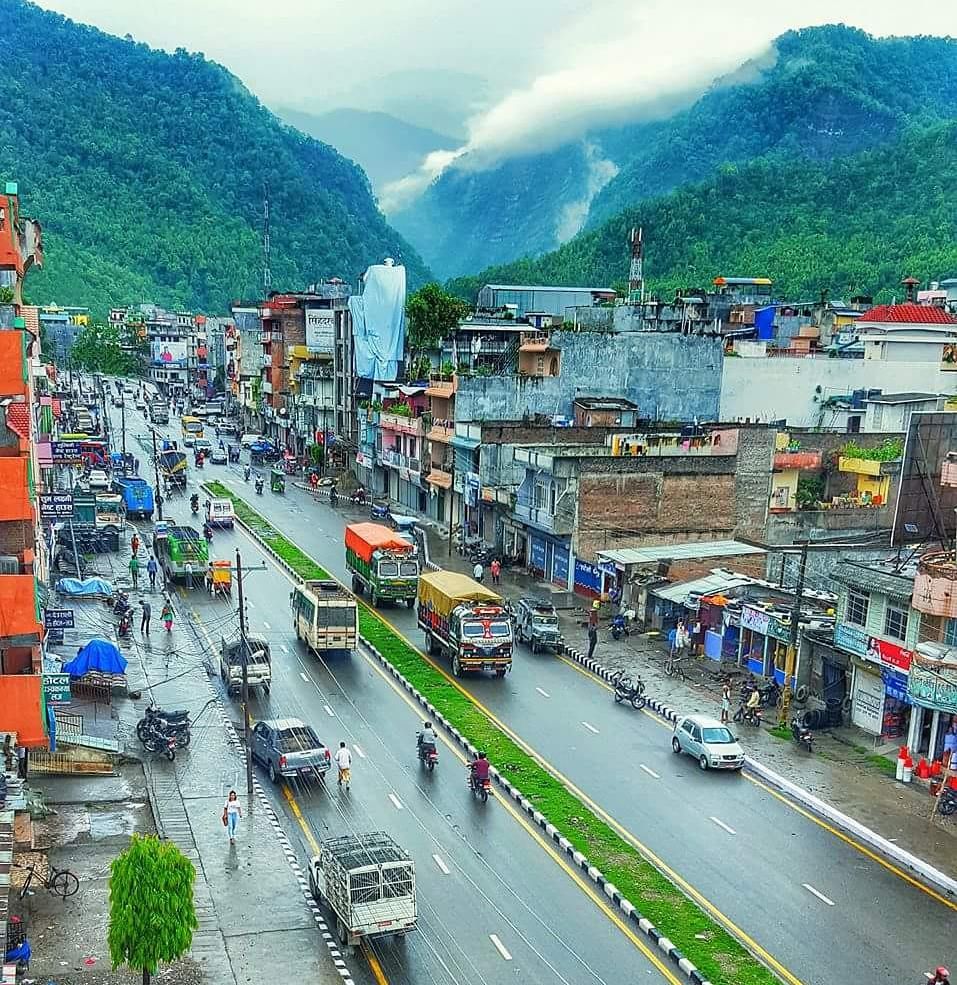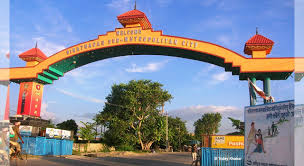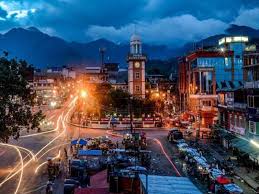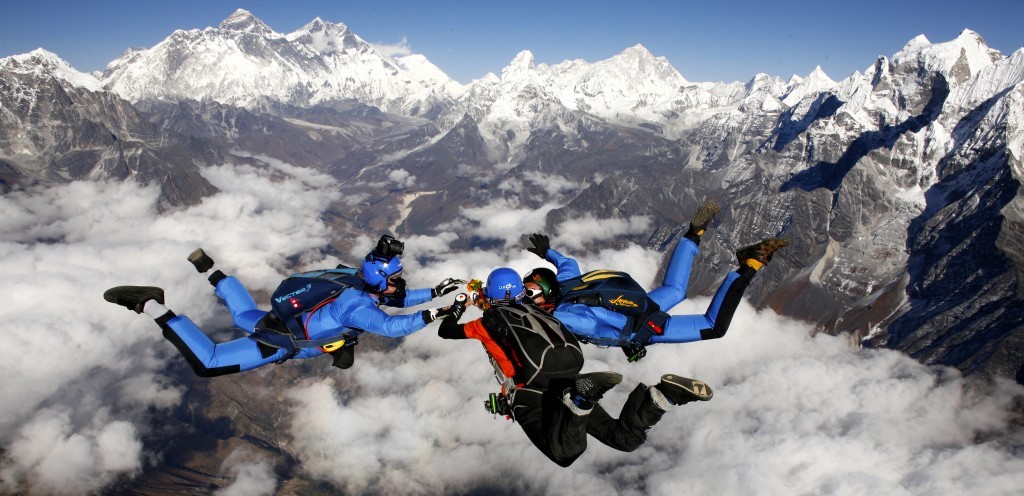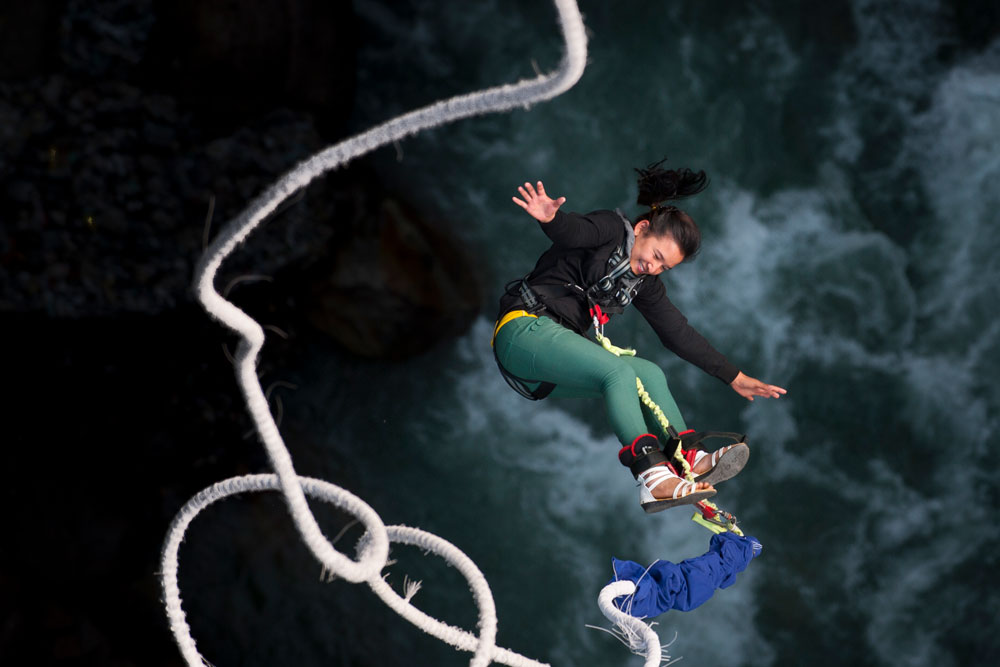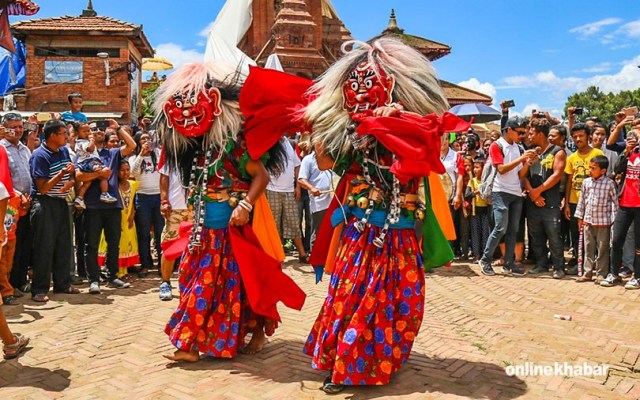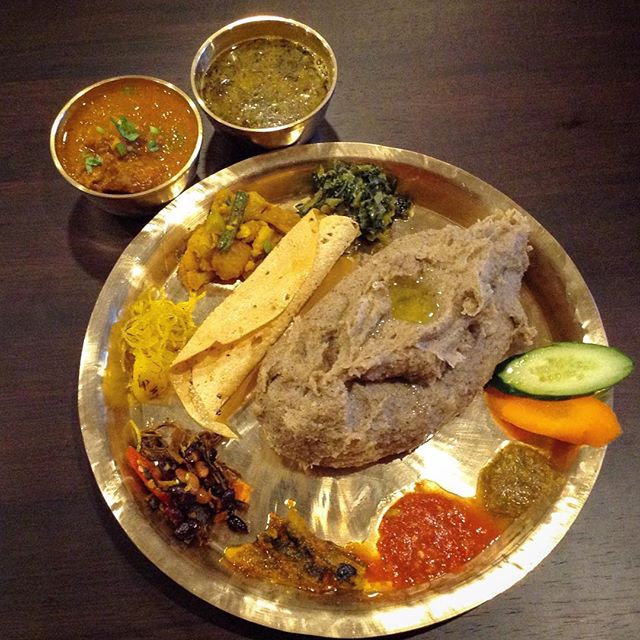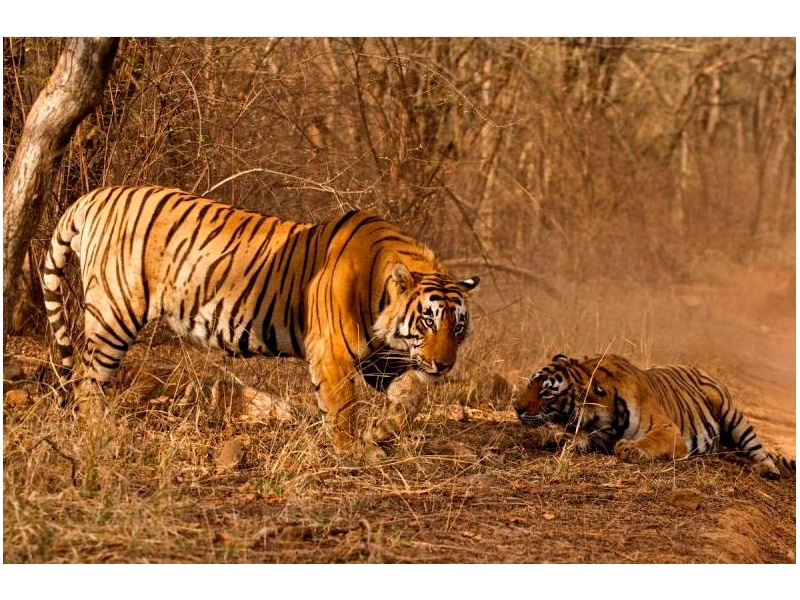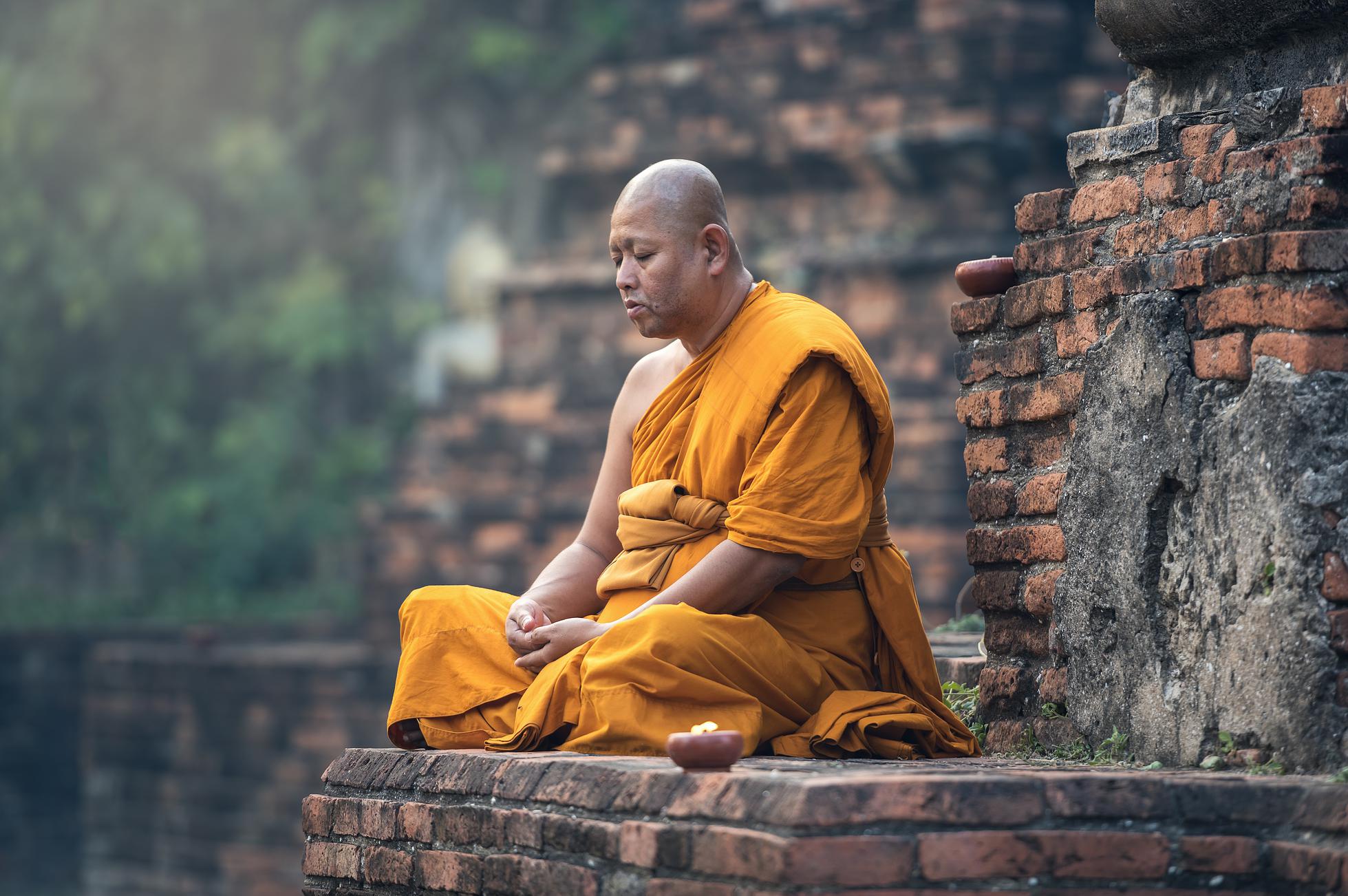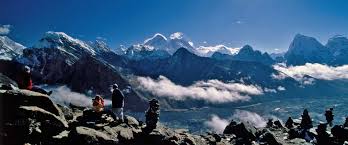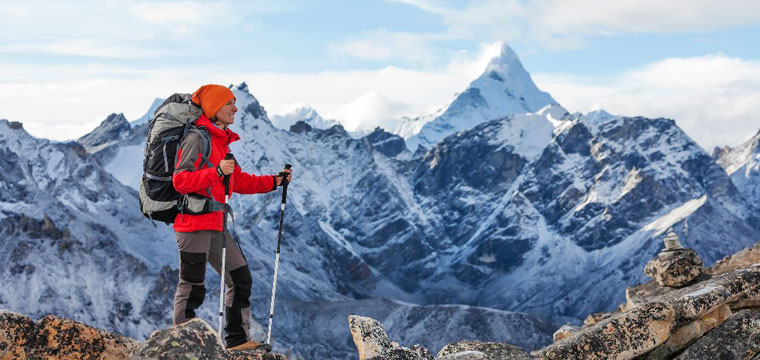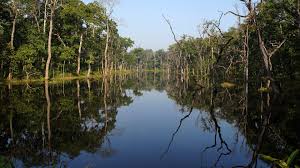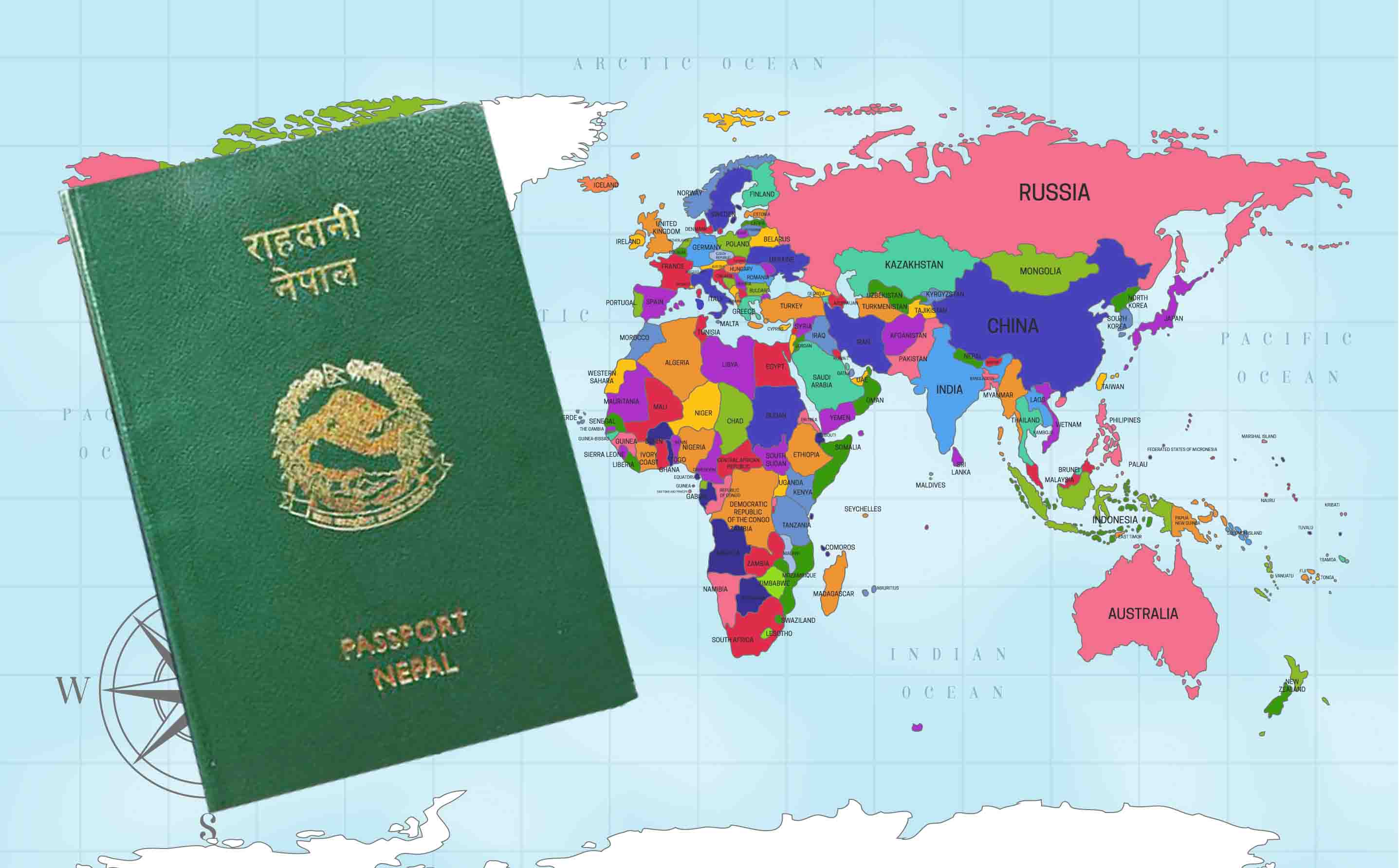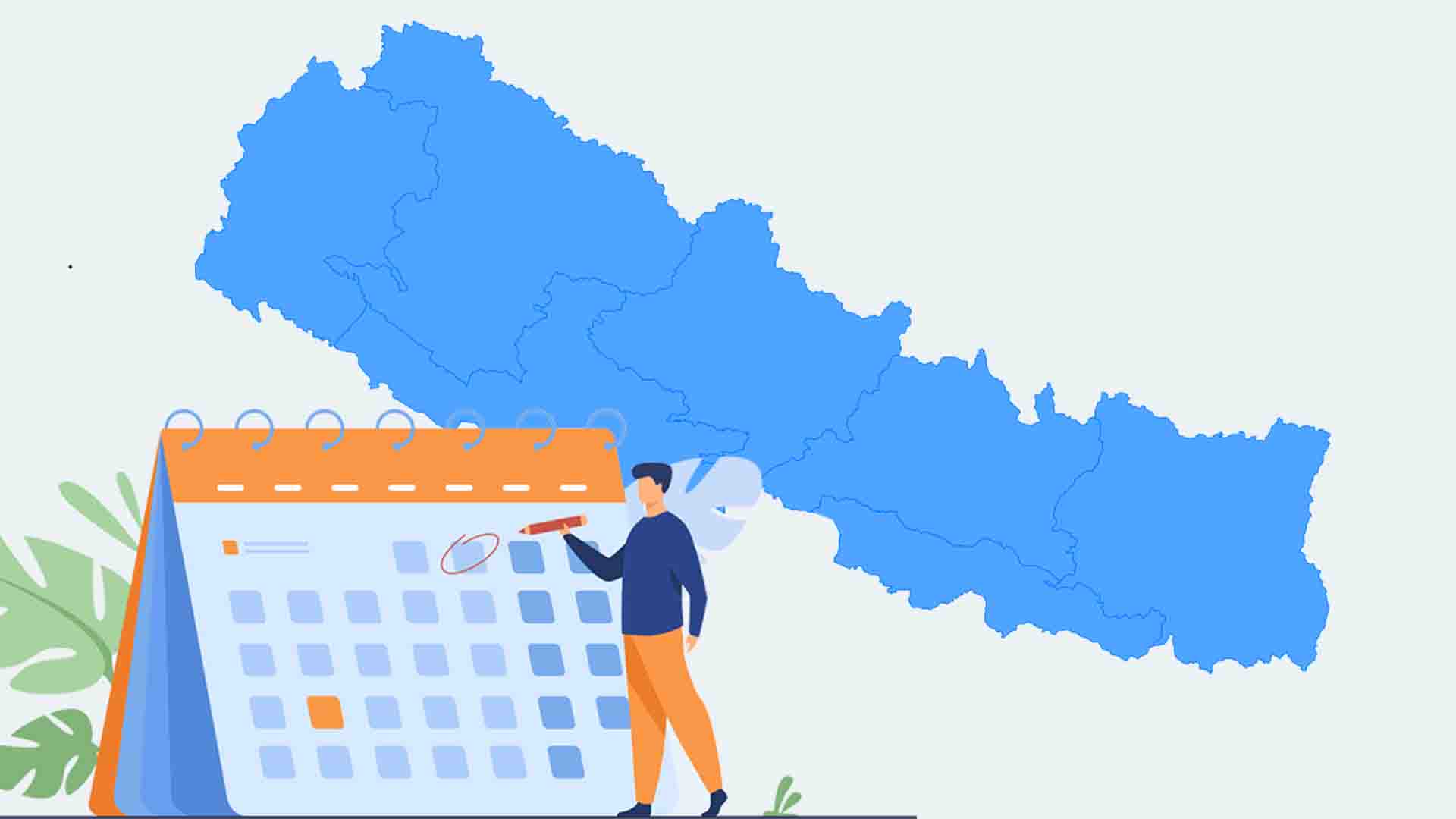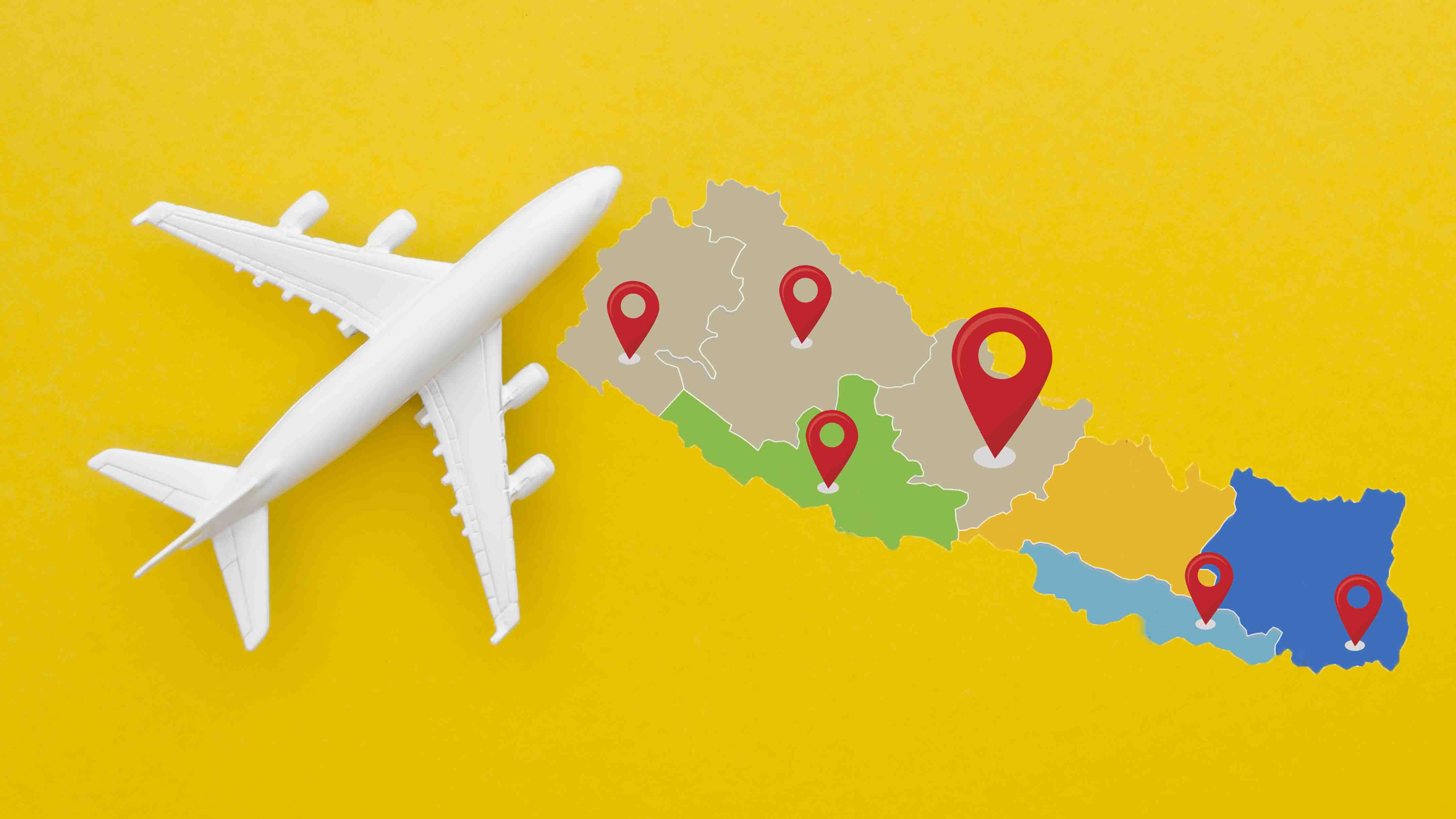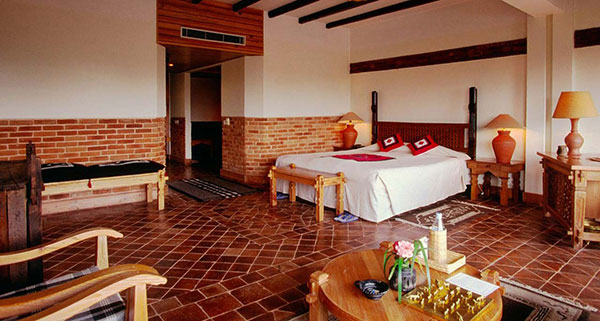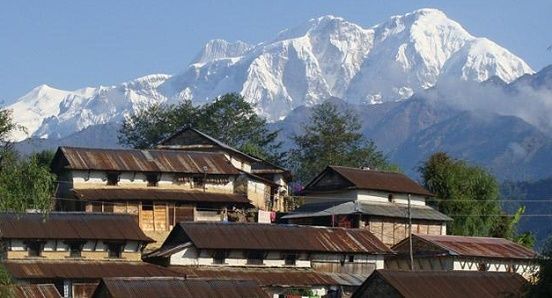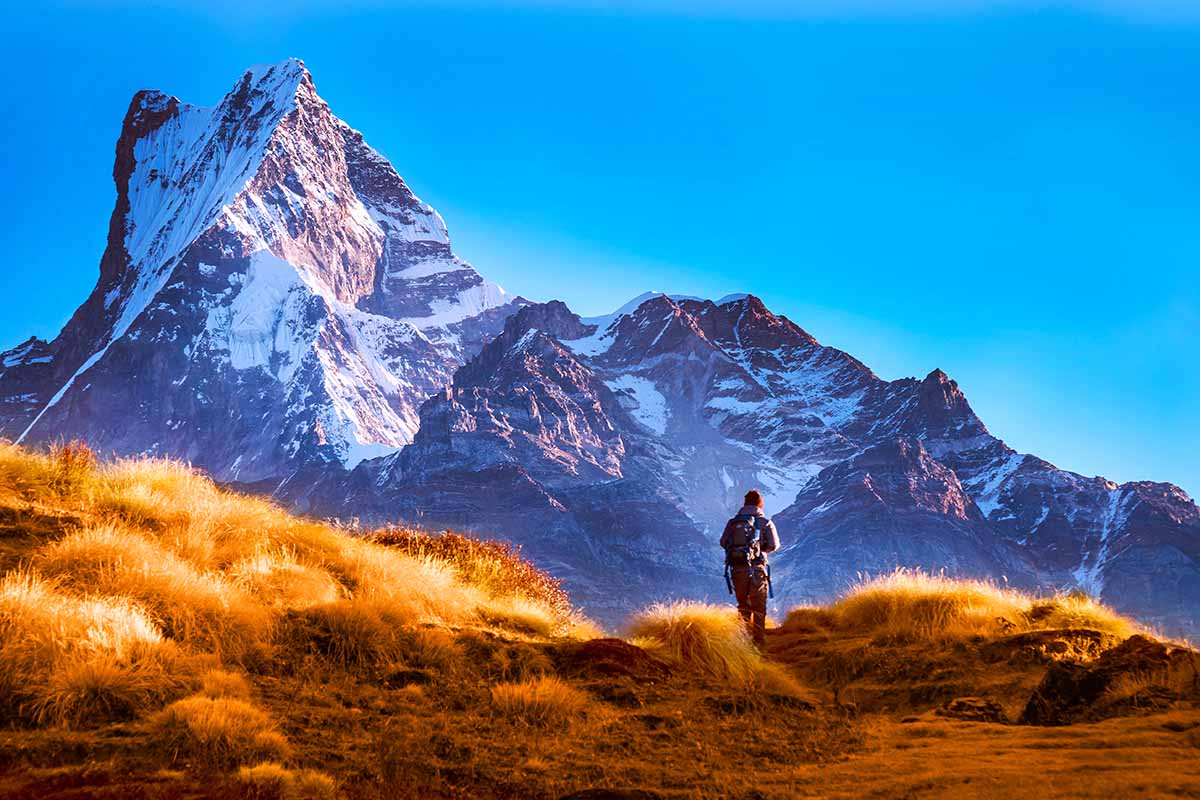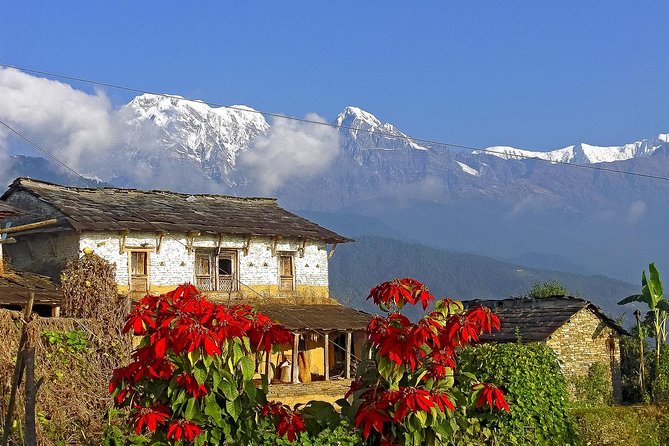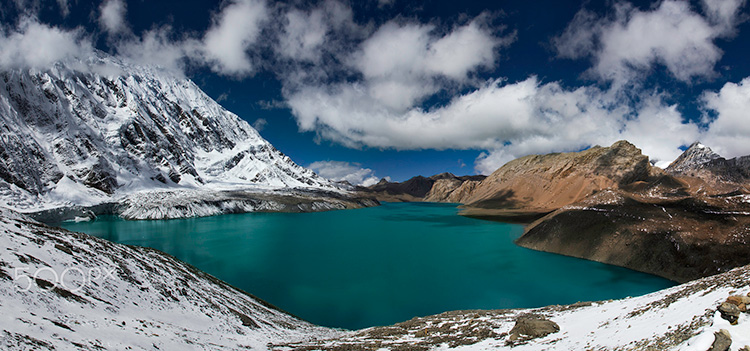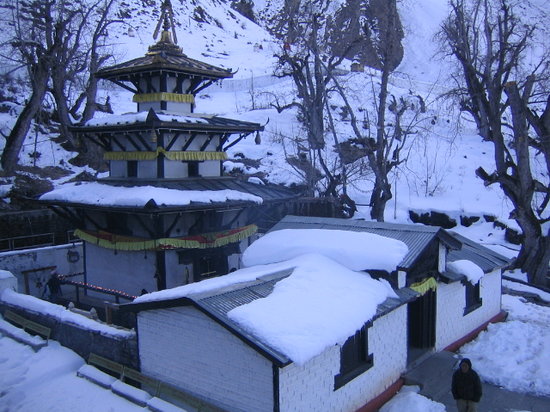Gorkha, a scenic hill-town, just 110 km east of Pokhara, lies midway between two major cities of Nepal – Pokhara, and Kathmandu. Popularly known as the birthplace of King Prithvi Narayan Shah, and bravery of the locals, Gorkha is the ancestral seat of the Shah dynasty and origin of the Gurkha soldiers.
A national pilgrimage spot with two famous Hindu temples – Manakamana Temple and 17th century Gorkha Durbar, Gorkha lies in Gandaki Province. Ancient Gorkha, a kingdom started at 1560 AD, founded by King Drabya Shah, became stable after Ram Shah’s leadership in the 16th century. Locals were happy with the king and his decisions, and the proverb was generated ‘one should visit Gorkha if one is looking for justice’, which is still prevalent.
To experience panoramic views of Manaslu, Ganesh Himal, Annapurna, and Trishuli Valley, hike to the fortified hill at 1000 m, where Gorkha Durbar, Gorakhkali Temple, and a cave carved out of the solid rocks with a statue of Gorakhnath Baba are situated.
Gorkha Bazar, with a cobbled street market, invites people from neighboring hill dwellings for trading. Some temples are near the primary market. With different ethnic groups of people living in harmony, Gorkha is a peaceful district that welcomes tourists and ensures they are treated well.
Places To Explore In Gorkha
Gorkha Durbar
Gorkha Durbar, the birthplace of one of the most important kings of Nepali history - King Prithvi Narayan Shah, lies in the Gorkha district of Gandaki Province of Nepal. Regarded as one of the significant historic Durbar (Palace), it is located at the top of the fortified hill, which is an hour walk from the bus station.
King Prithvi Narayan Shah, who unified Nepal, was born here at around 1723 when Gorkha was a kingdom. Despite the massive earthquake of 2015, Gorkha Durbar was not demolished. With proper renovations, the fort stands firm again with a fresh look.
The term Gorkha comes from the famous cave near the Durbar, having a statue of Gorakhnath Baba. Gorakhkali Temple lies on the west of the Durbar, which has religious values even today. From the top of the Durbar, you can see the mind-blowing panoramas of peaks like Manaslu, Annapurna, Ganesh Himal, and a magnificent view of the Trishuli Village.
The crowning glory of ancient Newari architecture, Gorkha Durbar, was built on the 16th century, not just a fort or a palace but also a temple for Hindus. Welcoming thousands of pilgrims every year, Gorkha Durbar is one of the essential religious sites where one cannot enter by wearing any leather products like a leather belt.
Kalika Temple, built on the 17th century, with psychedelic carvings of peacocks and demons on timber, lies on the path from the western gate of the Durbar, is limited to Hindu visitors only. Though non-Hindus are not allowed to enter the temple, they can observe it from the terrace. The Durbar’s roof struts have unique and erotic cravings on window frames on different parts.
If you have Gandaki Province on your travel list, add Gorkha Durbar on it. To understand the formation of Nepal, how Prithvi Narayan Shah was inspired, one needs to visit this fort/temple. You can reach here either by climbing 1,500 stone steps that snake to the hilltop, or hire a cab and make it along the road up to the northern gate.
Manakamana Temple
Manakamana Temple, one of the most popular pilgrimages for Hindus and Buddhists, built in the 17th century, in a pagoda-style, lies in the Gorkha District of Gandaki Province in Nepal. Manakamana Devi, sacred Hindu goddess Bhagwati, is believed to protect and bless her devotees who visit her. Just 104 km away from the capital – Kathmandu, the temple receives pilgrims from India and Sri Lanka besides local pilgrims.
Manakamana Devi, the incarnation of Goddess Parvati, forms from two words – mana and kamana, which mean heart and wish, respectively. People believe, Manakamana Devi fulfills the wishes of her devotees who make wishes with their pure heart. Devotees sacrifice goats, or roosters to Manakamana Devi once their wishes are fulfilled.
The holy place, with religious importance, Manakamana Temple, is easily accessible, with concrete steps, the temple on the highway to Kathmandu and Pokhara. The star attraction of the temple is a cable car that started in the 1920s, with 2,772.2 m line length, that connects the hill’s top, where the temple is located and Kurintar from where the cable car begins.
Kurintar lies at 258 m while the temple lies at 1302 m. Once you reach the top of the hill or the temple region, you can see panoramas of distant mountains like Manaslu, Himachuli, and Annapurna. The temple region has several hotels with unique Nepali cuisines, and several shops sell souvenirs to take back with tourists.
Manakamana temple connects both Kathmandu and Pokhara, welcoming tourists from both the destinations. One of the famous sites of Gorkha, Manakamana temple, is more than just a pilgrimage. Before reaching the hill, the region has beautiful gardens with unique structures and statues to make the area alluring. The temple region is well-managed and renovated even after the extensive demolition from the 2015 earthquake.








